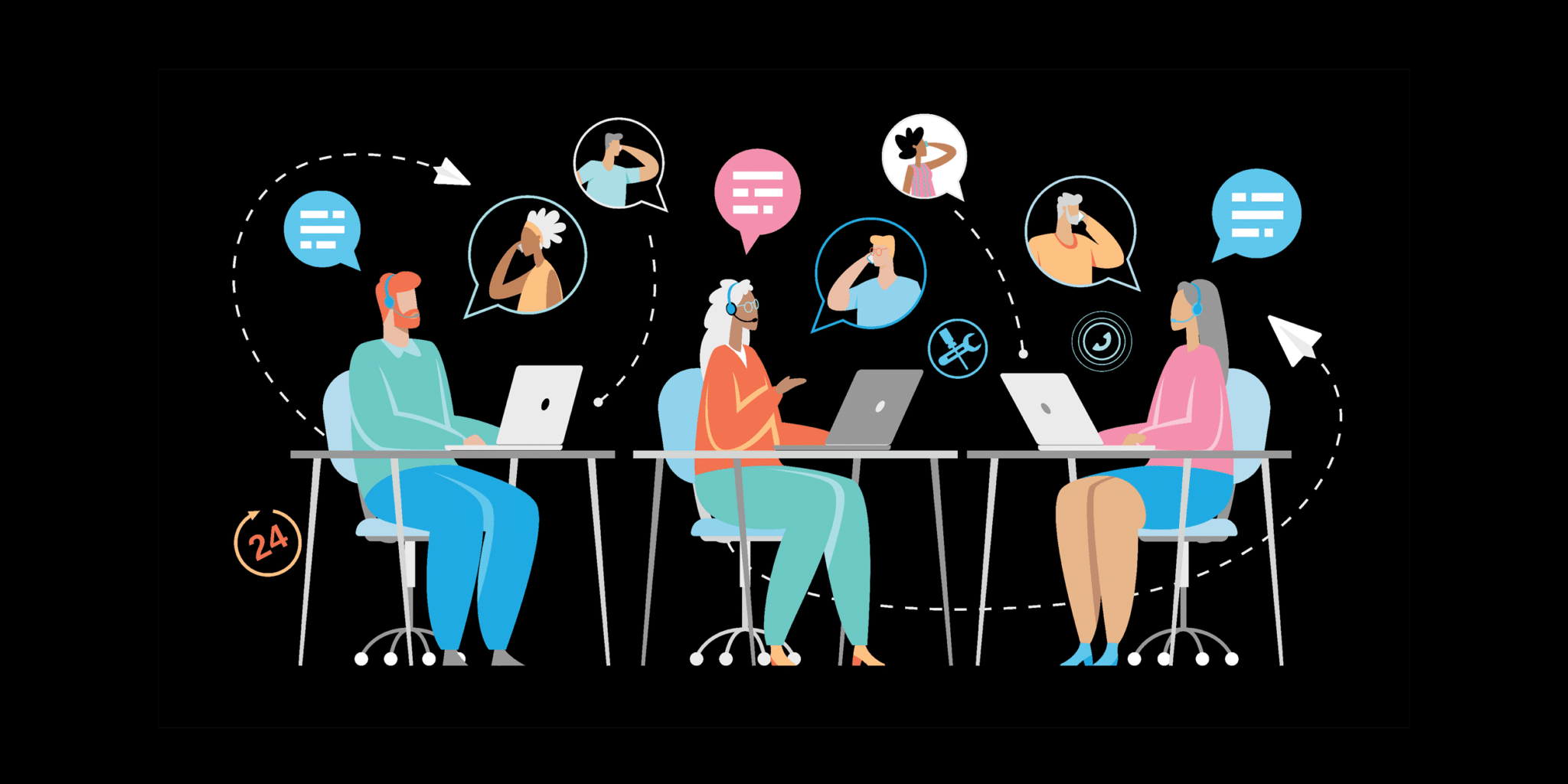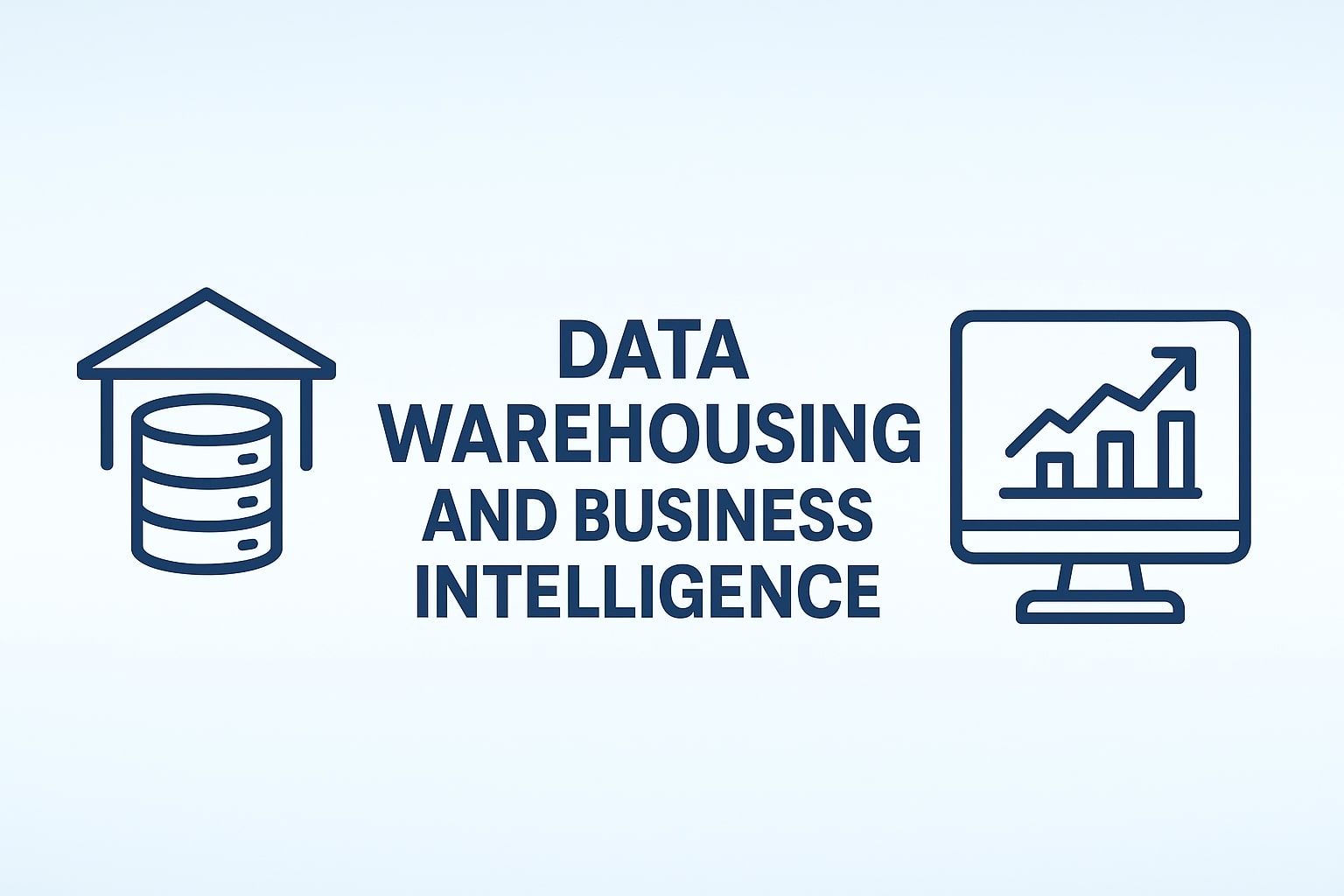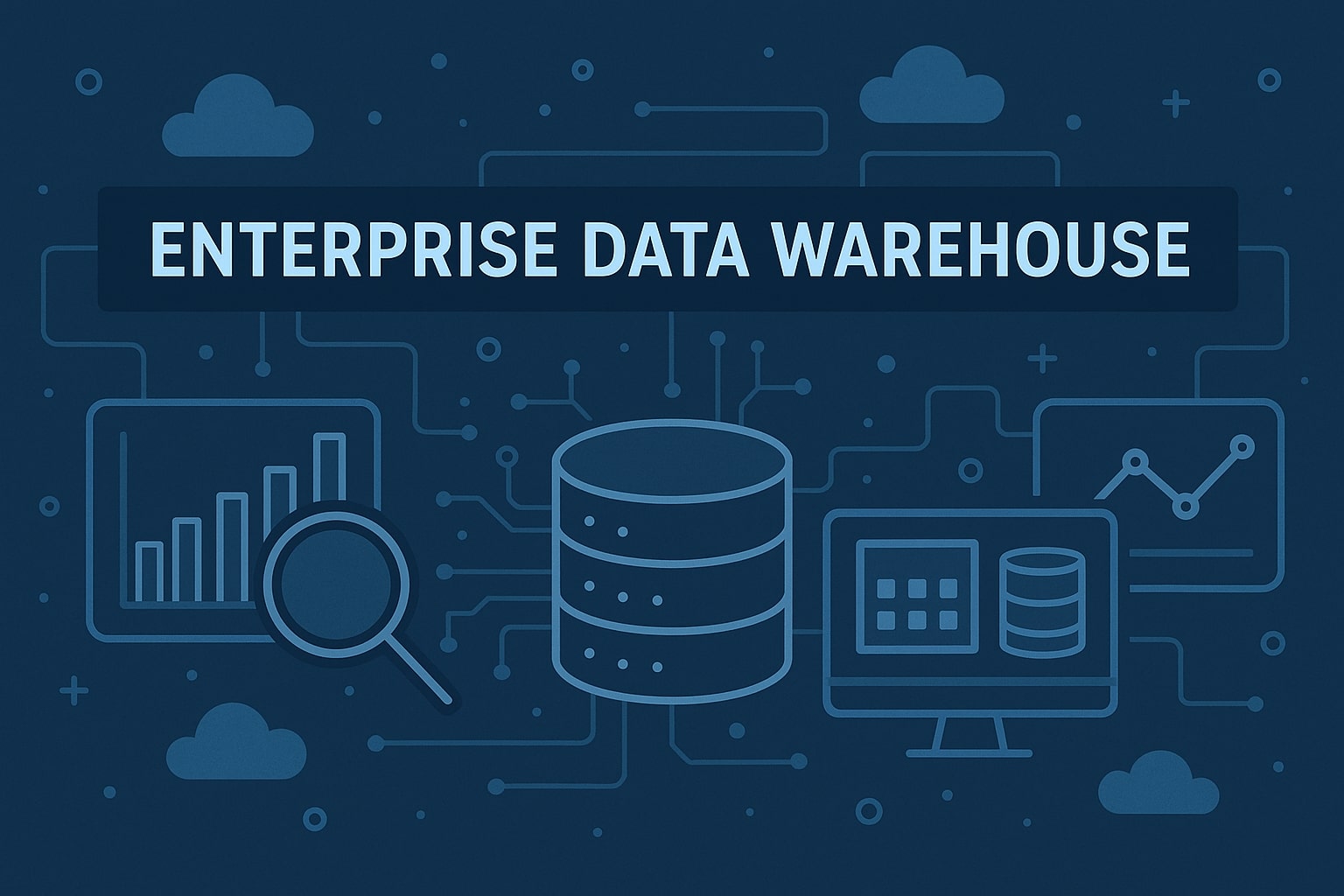In a world increasingly shaped by automation and data, custom artificial intelligence is emerging as a strategic advantage for businesses that need more than just plug-and-play solutions. Unlike off-the-shelf AI tools, which offer generalized capabilities, custom AI is built to reflect the specific needs, workflows, and goals of your organization. It adapts to your data, integrates with your systems, and evolves as your business does.
As industries grow more competitive and data environments more complex, companies are finding that tailored AI systems offer a deeper level of control, security, and performance. From precision forecasting and automated decision-making to highly specialized machine learning models, the benefits of a custom-built approach are reshaping what AI can do at the enterprise level.
But building artificial intelligence software that aligns with your vision requires more than just smart algorithms—it calls for a clear process, robust architecture, and the ability to translate unique requirements into intelligent automation. Whether you’re looking to develop domain-specific applications, integrate AI into existing SaaS platforms, or explore generative AI capabilities, custom development offers the flexibility and power to do it right.
This guide walks through the key stages of creating a custom AI solution—from initial problem definition to long-term scalability—while highlighting what it takes to build AI that is reliable, explainable, and purpose-driven. For those evaluating the possibilities of custom AI, this is where innovation meets precision.
What Is Custom Artificial Intelligence?
Custom artificial intelligence refers to the development of AI solutions specifically tailored to an organization’s unique goals, systems, and challenges. Unlike off-the-shelf AI tools, which offer standardized functionality, custom AI is designed from the ground up to fit within existing workflows and respond to precise business needs. Whether it’s a proprietary recommendation engine, a fraud detection model fine-tuned to niche data, or a custom-built natural language processor, these solutions provide a strategic edge.
With the explosion of use cases across industries—from healthcare diagnostics and finance automation to intelligent customer service—organizations are recognizing that custom models offer far more value than one-size-fits-all tools. By aligning AI capabilities with internal data and objectives, businesses unlock performance and insights that prebuilt models often can’t deliver.
Creating these solutions involves a deep understanding of the AI software development lifecycle. It requires thoughtful planning, integration of scalable infrastructure, and ongoing collaboration between data scientists, engineers, and domain experts. That’s why the process often begins with a comprehensive AI consulting phase, followed by strategic decisions around model training, deployment, and maintenance.
Why Businesses Choose Custom AI Over Prebuilt Solutions
While prebuilt AI tools offer convenience, they often fall short when it comes to real-world application in complex business environments. Custom AI development offers a more flexible and results-driven alternative—designed specifically to handle your organization’s unique data, goals, and operational infrastructure.
Limitations of Off-the-Shelf AI
Generic AI platforms are built for broad usability, which can make them:
-
Too rigid to adapt to evolving workflows
-
Inaccurate when trained on generalized data rather than industry-specific inputs
-
Difficult to scale across multiple departments or edge environments
-
Hard to integrate with proprietary business systems and legacy architecture
These limitations can create long-term inefficiencies, data silos, and missed opportunities—especially for enterprises with dynamic needs or regulatory constraints.
Benefits of a Custom AI Solution
Custom artificial intelligence solves these challenges by offering:
-
Tailored model architecture based on your specific business logic
-
Greater control over data privacy and governance
-
High-performance algorithms tuned to your KPIs
-
Seamless integration with your internal systems and platforms
-
Flexibility to evolve with your business over time
In many cases, this approach begins with a clear AI development roadmap, which includes defining goals, data sourcing strategies, and a model training plan. For companies that need support early on, AI consulting for small businesses provides guidance on feasibility, technical architecture, and budget planning.
When Customization Pays Off
Businesses typically opt for custom AI when:
-
Industry compliance or data security requires a tightly controlled solution
-
Legacy systems require custom integration or APIs
-
Unique datasets provide a competitive edge that generic models can’t leverage
-
The cost of customization is outweighed by long-term ROI
The need for flexibility, accuracy, and performance is pushing more organizations toward personalized AI development strategies—especially in fields like fintech, healthcare, logistics, and manufacturing.
The Custom AI Development Lifecycle
Creating a successful custom artificial intelligence solution involves more than building a model—it requires a strategic, iterative lifecycle. From identifying the right problem to scaling the solution organization-wide, each stage contributes to long-term success and adaptability.
Step 1: Define the Problem and Success Metrics
Every AI initiative begins with clarity. Stakeholders and technical teams work together to:
-
Identify business pain points
-
Outline success metrics and KPIs
-
Map model outputs to operational impact
This phase is critical for aligning custom development with specific goals—whether it’s improving customer retention, optimizing inventory, or automating decision-making workflows.
Step 2: Collect and Prepare Data
High-quality, relevant data is the backbone of effective AI. During this stage, teams:
-
Gather structured and unstructured data from internal and external sources
-
Clean, normalize, and label datasets
-
Ensure data is representative and ethically sourced
For organizations with specialized data requirements, custom AI software development offers the flexibility to build systems around proprietary datasets, rather than generic training libraries.
Step 3: Design the Model Architecture
Model design is where custom AI solutions begin to take shape. Teams choose between:
-
Supervised, unsupervised, or reinforcement learning methods
-
Neural networks, decision trees, ensemble models, or hybrid approaches
-
Cloud-based or edge-based infrastructure
At this point, performance benchmarks are set to ensure scalability and maintainability post-deployment.
Step 4: Develop and Train the Model
Developers and data scientists collaborate to:
-
Build pipelines for data ingestion and transformation
-
Train models on selected algorithms
-
Perform hyperparameter tuning for maximum performance
This development process often leverages frameworks like TensorFlow, PyTorch, and scikit-learn. The model is continuously tested using validation datasets to monitor for overfitting or drift.
Explore more on the full AI software development process that supports this stage from prototype to production.
Step 5: Deploy the Solution
Once validated, the model is packaged and deployed into the business ecosystem. Deployment strategies include:
-
Containerized environments (Docker, Kubernetes)
-
CI/CD pipelines for ongoing updates
-
Secure APIs for system integration
For scalable delivery, many teams turn to AI SaaS development models that enable real-time functionality across platforms.
Step 6: Monitor, Optimize, and Scale
After deployment, continuous monitoring ensures the model remains accurate, fair, and efficient. This includes:
-
Real-time data tracking and analytics
-
Retraining strategies using new datasets
-
Alerts for model degradation or performance shifts
As adoption expands, custom solutions must scale efficiently. That’s why designing for adaptability from the start is crucial to long-term success.
When and Where Custom AI Makes the Biggest Impact
Not all AI is created equal—and not every business problem needs a generic solution. Custom artificial intelligence is especially effective in industries where domain-specific knowledge, proprietary data, and regulatory requirements make off-the-shelf tools insufficient.
High-Value Use Cases for Custom AI
Custom AI development thrives in situations that require:
-
Proprietary algorithms based on internal data
-
Complex decision logic beyond the capabilities of general-purpose models
-
End-to-end automation that touches multiple departments and systems
-
Regulatory compliance and tight control over data processing
Industry Applications
Here are some examples of industries seeing measurable benefits from custom AI:
1. Healthcare
-
Predictive diagnostics and personalized treatment plans
-
AI-powered imaging analysis trained on specific patient populations
-
HIPAA-compliant automation for billing and records
2. Finance and Insurance
-
Custom fraud detection tuned to proprietary transaction patterns
-
Risk scoring models for underwriting and credit analysis
-
Portfolio optimization using deep learning techniques
3. Retail and E-commerce
-
Personalized recommendation engines built on unique consumer behavior data
-
Dynamic pricing algorithms
-
Real-time inventory forecasting and demand planning
4. Manufacturing and Logistics
-
Predictive maintenance powered by sensor data
-
AI-driven supply chain optimization
-
Quality control using computer vision in industrial environments
When designed with a clear business goal, custom AI can unlock operational efficiency, generate new revenue streams, and drive competitive differentiation across nearly every vertical.
For organizations at the planning stage, exploring the cost of developing AI software can help align expectations and resources with the project’s scope and potential ROI.
Custom vs. Pretrained Models: What’s Right for You?
One of the most important choices in AI development is whether to build a model from scratch or adapt a pretrained one. Each approach has its strengths—but when precision, control, or domain specificity matters, custom often wins.
Pretrained Models: Speed and Convenience
Pretrained models—like GPT, BERT, or ResNet—are trained on massive public datasets and can perform a wide range of tasks out of the box. They are best suited for:
-
Rapid prototyping and experimentation
-
General tasks like text generation or image classification
-
Companies with limited in-house data or technical resources
However, pretrained models have limitations:
-
They may not reflect your industry, use case, or customer data
-
Fine-tuning can still be expensive and time-consuming
-
They often lack transparency or explainability
Custom Models: Precision and Ownership
Custom artificial intelligence solutions are purpose-built from the ground up, offering:
-
Model architecture optimized for business-specific objectives
-
Use of proprietary data, including structured, unstructured, or time-series formats
-
Tight control over how predictions are made, supporting explainability and compliance
-
Adaptability across departments, workflows, and internal systems
Organizations that prioritize data governance, unique IP, or domain-specific insights frequently opt for full customization. With generative AI consulting, even language models and vision-based AI can be tailored to serve niche tasks—from document automation to knowledge base creation.
Making the Right Choice
Choosing between pretrained and custom depends on:
-
Project goals – Is speed more important than specificity?
-
Data availability – Do you have proprietary or domain-specific data?
-
Compliance needs – Are transparency and control required for regulatory reasons?
-
Scalability – Will the AI model evolve across departments and use cases?
In many cases, organizations start with a pretrained model for MVP development, then transition to a custom architecture as business requirements mature.
Key Technologies Powering Custom AI Solutions
Behind every successful custom AI project is a carefully chosen stack of technologies—each playing a role in data processing, model training, and deployment. These tools not only enable innovation but also ensure that your solution can scale, integrate, and adapt over time.
Core AI Technologies Used in Custom Solutions
-
Machine Learning (ML):
The backbone of most custom AI projects. Algorithms learn from labeled or unlabeled data to make predictions or detect patterns. Depending on the use case, supervised, unsupervised, or reinforcement learning is applied. -
Deep Learning and Neural Networks:
For highly complex tasks like image recognition or natural language understanding, deep learning models use multi-layered neural networks. Customization here often means designing novel architectures or tuning existing models with proprietary data. -
Natural Language Processing (NLP):
Used to build chatbots, voice assistants, document classifiers, and sentiment analysis tools. When custom-trained, these models can interpret industry-specific language or multilingual content with far more nuance than generic systems. -
Computer Vision:
Enables applications like automated quality control, facial recognition, and OCR. Custom models trained on high-resolution, domain-specific images can outperform generic vision APIs. -
Generative AI:
For content creation, personalization, or intelligent document generation, generative models such as GPT and Stable Diffusion can be fine-tuned to fit internal use cases through custom AI development services. -
Predictive Analytics and Forecasting:
Businesses use predictive models to anticipate behavior, market shifts, or operational failures. Custom implementations offer better accuracy by using internal datasets and business-specific parameters.
Enabling Tools and Frameworks
The development process often leverages:
-
Python – The dominant language for AI development due to its vast library ecosystem
-
TensorFlow & PyTorch – Leading frameworks for deep learning
-
scikit-learn – Ideal for traditional ML tasks
-
Jupyter Notebooks – For testing, visualization, and team collaboration
-
MLflow or Weights & Biases – For model tracking and performance visualization
Infrastructure and Deployment Technologies
Once models are ready, they must be deployed and maintained within your tech ecosystem. Common choices include:
-
Kubernetes for container orchestration
-
CI/CD pipelines for fast iteration
-
Cloud platforms (AWS, Azure, Google Cloud) for scalability
-
Edge AI deployments where latency or privacy are critical
Many businesses use a hybrid approach—merging cloud-based tools with on-premise systems—guided by the principles in a well-defined AI software development lifecycle.
Choosing the Right Partner for Custom AI Development
Successful custom artificial intelligence doesn’t come from code alone—it’s built on strategy, industry insight, and the ability to turn complex data into scalable, intelligent systems. Whether you’re starting from zero or optimizing an existing solution, your AI initiatives need a team that can guide the process end to end, from planning to deployment to long-term evolution.
From tailored AI SaaS platforms to expert-led AI consulting for small businesses, the right partner can help your organization build with confidence and scale with purpose.
Atiba brings decades of enterprise software experience to the table—combining business strategy and technical depth to deliver AI software that fits your unique goals.








